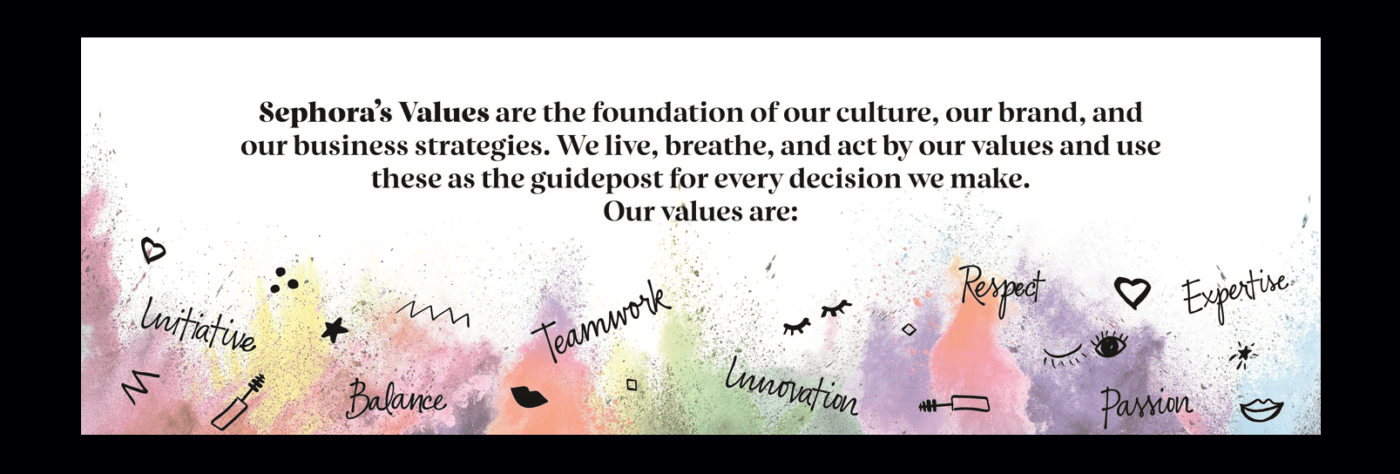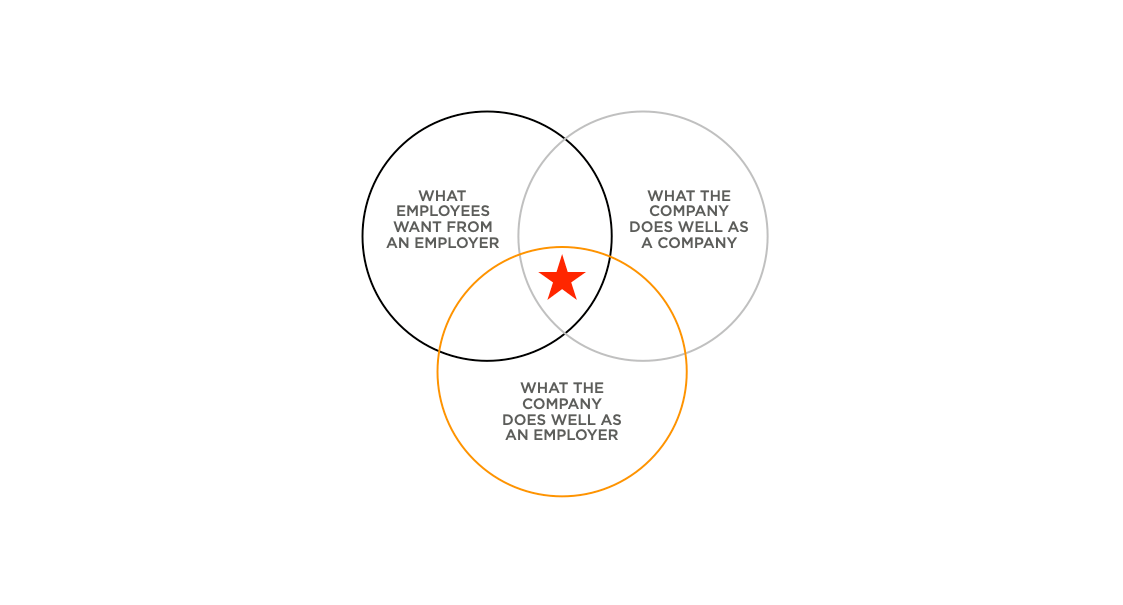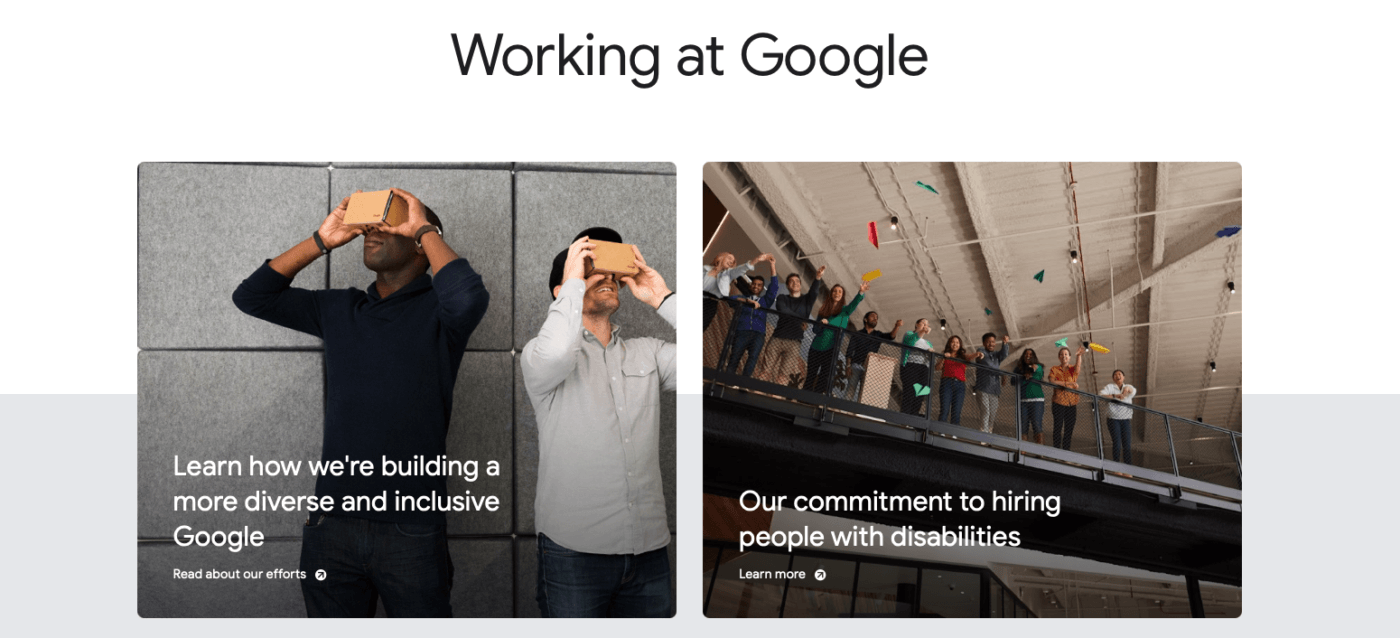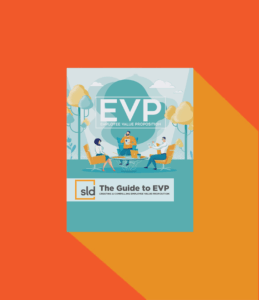In the midst of a global labor shortage, retail brands are dealing with chronic understaffing in their stores. Frontline employees are the face of retail brands; they provide service, advice and guidance, and assistance with complex transactions. A positive experience with an engaged employee can have a significant impact on the customer experience. However, with fewer employees on the floor, a desire to “work from anywhere,” and unprecedented customer abuse, finding and retaining great employees has never been more difficult.
To address the crisis, retailers are changing their work culture. Creating an employee value proposition is a part of this journey (EVP). In this blog, we will look at what a thorough EVP development process entails.
WHAT IS AN EMPLOYEE VALUE PROPOSITION?
An employee value proposition defines the distinct value that a company provides to its employees. This includes monetary compensation as well as non-monetary rewards such as benefits, special perks, culture, recognition, and professional development – everything that makes working for the brand a great experience. An EVP is a story that articulates these benefits through visuals, copy, recruitment and onboarding strategies, and employee engagement programs.


Image Source: Sephora “Under the banner of Inspiring Fearlessness, Sephora’s Employee Value Proposition creates a sense of an innovative risk-taking culture that advocates for diverse beauty.”
HOW WILL AN EVP HELP OUR BRAND HIRE & RETAIN TALENT?
You wouldn’t launch a new product without first defining its unique selling point and communicating it to customers. Applicants in today’s labor market can be picky. Applicants want to know what it’s like to work for prospective employers. You have the power to focus on the key strengths you offer and provide guidance in the application process by creating an impactful EVP and sharing the story through multiple touchpoints.
However, articulating an EVP entails a forensic review of your employer brand in addition to telling a great story. This information can assist you in making decisions about how to redesign retail frontline roles for long-term attraction and retention. Frontline roles are being reimagined across the industry. A thorough EVP process enables you to make informed decisions to support a better work culture that reflects what today’s retail employees truly desire. You can also get help from this Salt Lake City recruiting firm to further improve the quality of hire at your company.
A STRONG EVP DELIVERS ON THESE KEY POINTS
- A strong EVP tells a story – it has a powerful theme, tagline and supporting proof points
- It speaks in a humanistic tone
- A strong EVP delivers on its promise
- It speaks with consistent language and visuals
- It understands the needs of the target audience – your current and prospective employees
THE EVP PROCESS
STEP 1: HOW DO YOU START? THREE QUESTIONS TO ANSWER
The first step in developing an EVP that will benefit your company is to understand the current context in which employees are making decisions to stay, leave, or choose a new role. Here are some questions to consider:
- What does our talent pool value? There are some obvious universals: retail employees want to be paid a living wage and to be treated with dignity at work. Aside from these fundamental factors, primary research is required to better understand what talent expects from your category. Primary research is critical because the findings may reveal outdated assumptions about candidates that are harming recruitment.
How do I gather this information? Online surveys conducted by a reputable research partner can be surprisingly affordable. If you have an internal research department, ensure they are properly onboarded and understand your goals.
- What is the competition doing? An audit of companies competing for the same talent in your area should help you understand the standard against which you will be measured. Beyond monetary compensation, this should include benefit programs, CSR initiatives, professional development, social media strategy, and attraction-based web pages and advertising. It is also beneficial to locate a best-in-class example that exemplifies the category’s high standard.
How do I gather this information? An experienced researcher familiar with your industry will be able to conduct an audit and provide you with a detailed report. You can also tap into your senior team to see what brands have inspired them and leverage these examples as companies to investigate.
- What do we do well as an employer? What can we do better? Annual employee satisfaction surveys can help retailers understand what they’re doing well and where they’re falling short. Relying on head office and management to answer this question leads to biased thinking; instead, get feedback from people who work in the store every day. You can determine the overlap with what the talent pool is looking for once you understand what your current employees believe you deliver well. You can also determine which critical factors you need to improve or introduce right away in order to keep your current employees. To enhance your workforce’s effectiveness, it’s imperative that employees learn the importance of managing a challenging work in the workplace. Hiring the solicitors Manchester will help you, both business owners and employees, better understand legal matters.
How do I gather this information? We recommend a combination of qualitative interviews and quantitative research through an annual online survey to get the most well-rounded perspective.
Step 2: ONCE RESEARCH IS GATHERED, WHAT’S NEXT?
Your research should provide you with insights into what you can offer that is in line with the needs and desires of your current and prospective employees. Focus on the things you do exceptionally well in order to develop your EVP. The core values that will comprise your employee value proposition can be found in the center of this diagram.


Step 3: ARTICULATING THE EVP
HR teams are frequently in charge of Employee Value Proposition initiatives because they are the ones most responsible for employee recruitment and engagement. However, it is critical to include marketing specialists and graphic designers in the process. After all, telling stories is what they do all day! Finally, your EVP will require internal and external “campaigns” as well as an ongoing communication strategy, so having a playbook and collateral to keep these communications grounded in your EVP is critical.
A marketing specialist will develop a series of EVP themes that express the value you bring to employees in the form of storytelling or campaign ideas, establishing the key message, voice, tone, and some key phrases and taglines. The graphic designer brings the central theme to life with visuals and any relevant creative assets, such as social media templates, banners, brochures, web page designs, and videos, once the central theme has been established. Retail brands’ physical stores are a valuable asset in spreading their message; don’t forget to include in-store signage as part of your recruitment strategy!


Image Source: Google
HOW DO WE CREATE AN EVP WHEN WE ARE IN THE PROCESS OF IMPROVING AS AN EMPLOYER?
For many years, retail frontline jobs have received little attention. When you factor in the stress of working under pandemic conditions, many applicants decide that the jobs aren’t worth it. While job redesign is a topic too large to discuss here, companies should be aware of the following warning signs: unionization is on the rise, job openings are going unfilled for months, leaving current employees overworked, the minimum wage is insufficient to meet the basic cost of living in many places, and students are taking advantage of the labor shortage to find opportunities in their field of study. Job redesign is required. This should include not only improved pay and working conditions but also the promotion of retail as a career option.
You are not alone if you are aware that you have work to do. The EVP process should help you understand what work to prioritize, and even if you have not yet achieved these goals, as long as you are actively working toward them, it should not interfere with your EVP communications.
Plan your route and determine how you will get there. Make these objectives clear. Employees and prospects will appreciate your honesty and be more willing to support change if they see you’re on the right track. Consider how companies have outlined their sustainability goals and progress as a great example of how to manage expectations while actively working to improve your workplace culture.
In addition to prioritizing your work and actively working towards your goals as part of the EVP (Employee Value Proposition) process, it’s crucial to address any concerns related to DBS (Disclosure and Barring Service) checks transparently. DBS checks are essential for certain roles, especially those involving vulnerable populations or sensitive information. Here’s how you can incorporate this into your EVP communications:
Furthermore, as you navigate the EVP process, be sure to openly communicate any requirements related to DBS checks (https://www.dbschecks.org.uk) for specific roles within your organization. Ensuring transparency about the necessity of these checks demonstrates your commitment to safety and integrity, both of which are fundamental to a positive workplace culture. Just as companies communicate their sustainability goals, consider sharing your commitment to maintaining a safe and trustworthy environment through responsible hiring practices. This not only builds trust with current employees but also sends a strong message to prospective talent that your organization values their well-being and security.
NOW… LIVE IT!
When it comes to walking the walk of your EVP, a collaborative process that brings everyone along the journey will help you. In general, we’ve discovered that teams become quite energized during the process and that once they start to see the results, this engagement deepens. Everyone wants to enjoy going to work every day. Defining your employee value proposition is critical to making your company a sought-after employer.


